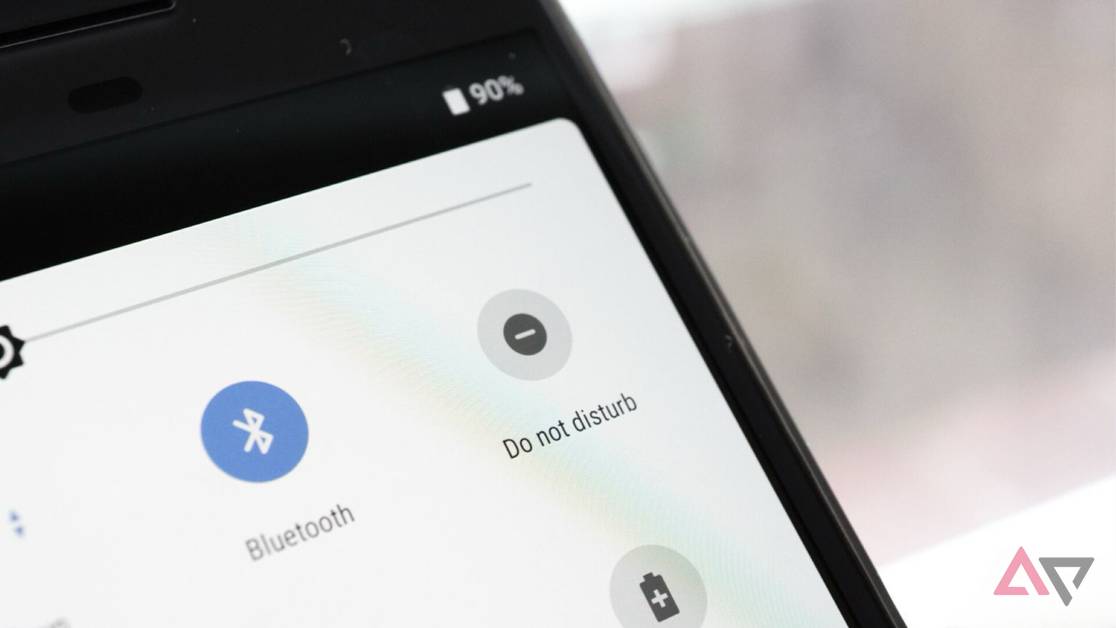Silence Mode Resurrection: Google Revives the Ultimate Distraction Killer

In a swift response to user feedback, Google is reversing course on a controversial Android 15 design change, bringing back the beloved original Do Not Disturb toggle. The tech giant has listened to its community's outcry after the latest Android update sparked widespread frustration among users.
The previous Android 15 update had replaced the classic Do Not Disturb toggle with a more complex quick settings menu, which many users found unintuitive and less convenient. Recognizing the overwhelming negative response, Google has decided to reinstate the familiar and straightforward toggle that users have grown accustomed to over the years.
This decision underscores Google's commitment to user experience and its willingness to adapt based on community feedback. By quickly addressing user concerns, the company demonstrates its responsiveness and dedication to creating an interface that truly meets user needs.
Android enthusiasts can look forward to the return of the classic Do Not Disturb toggle in upcoming updates, restoring the simplicity and ease of use that made the feature so popular in the first place.
